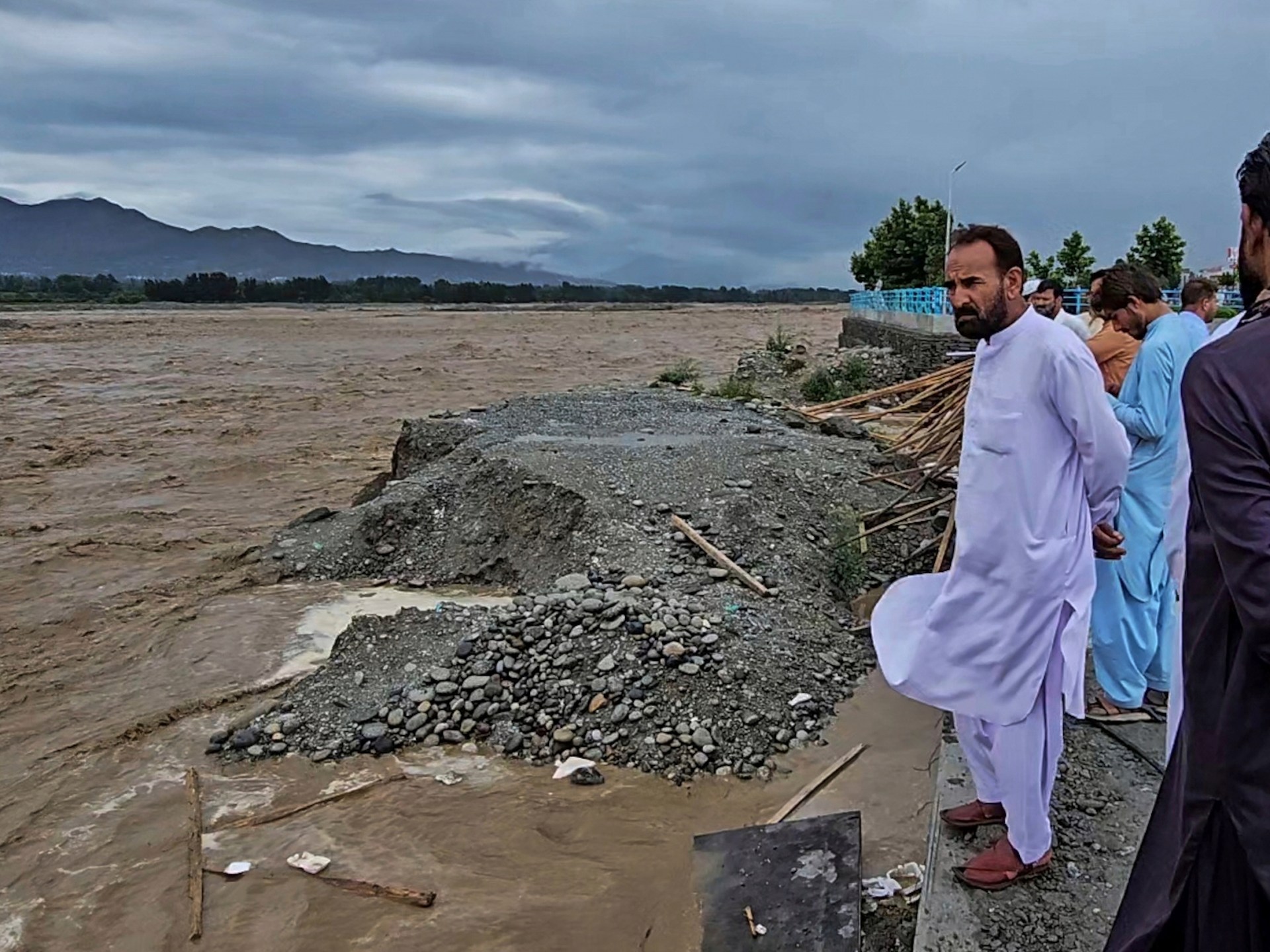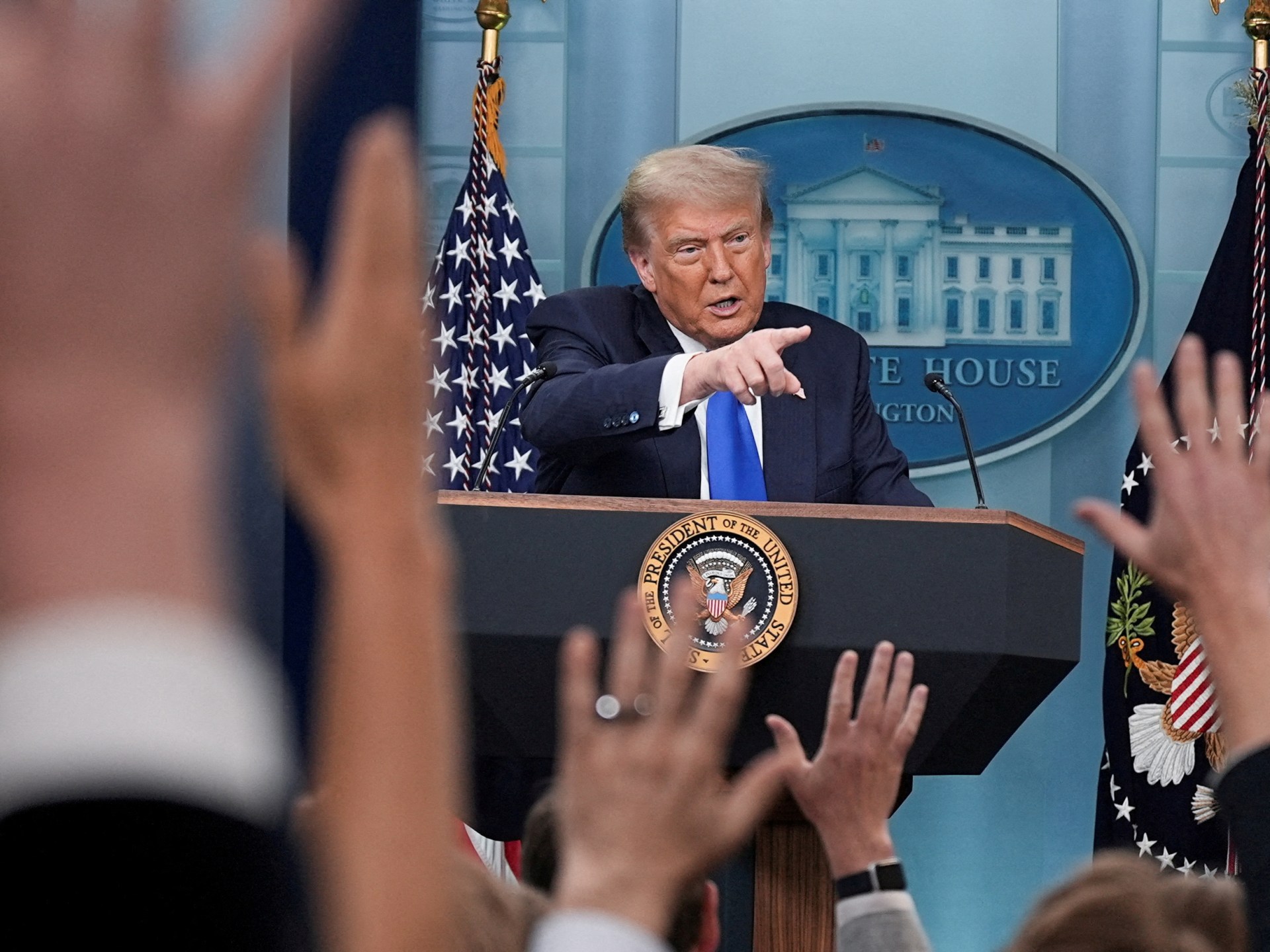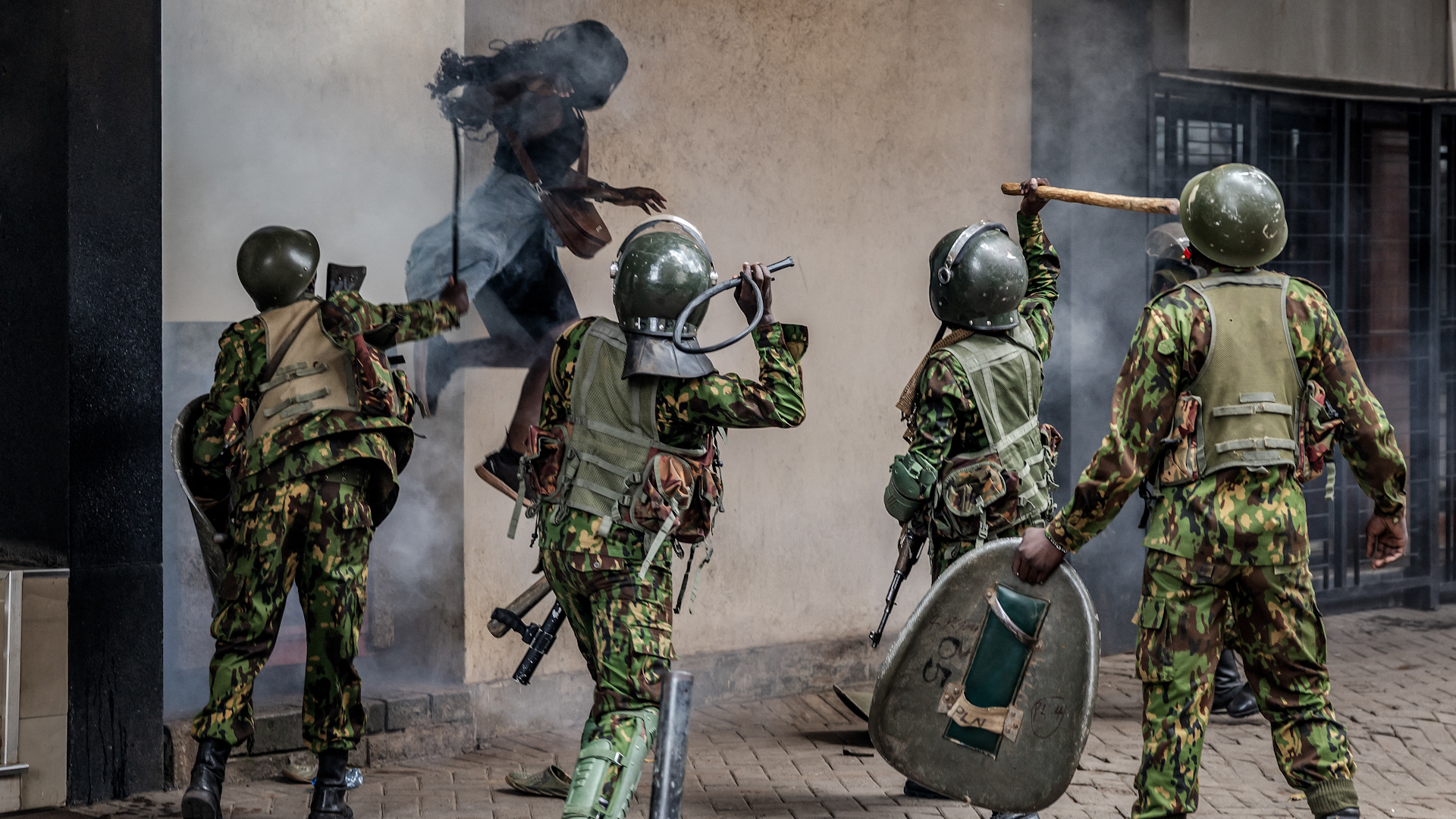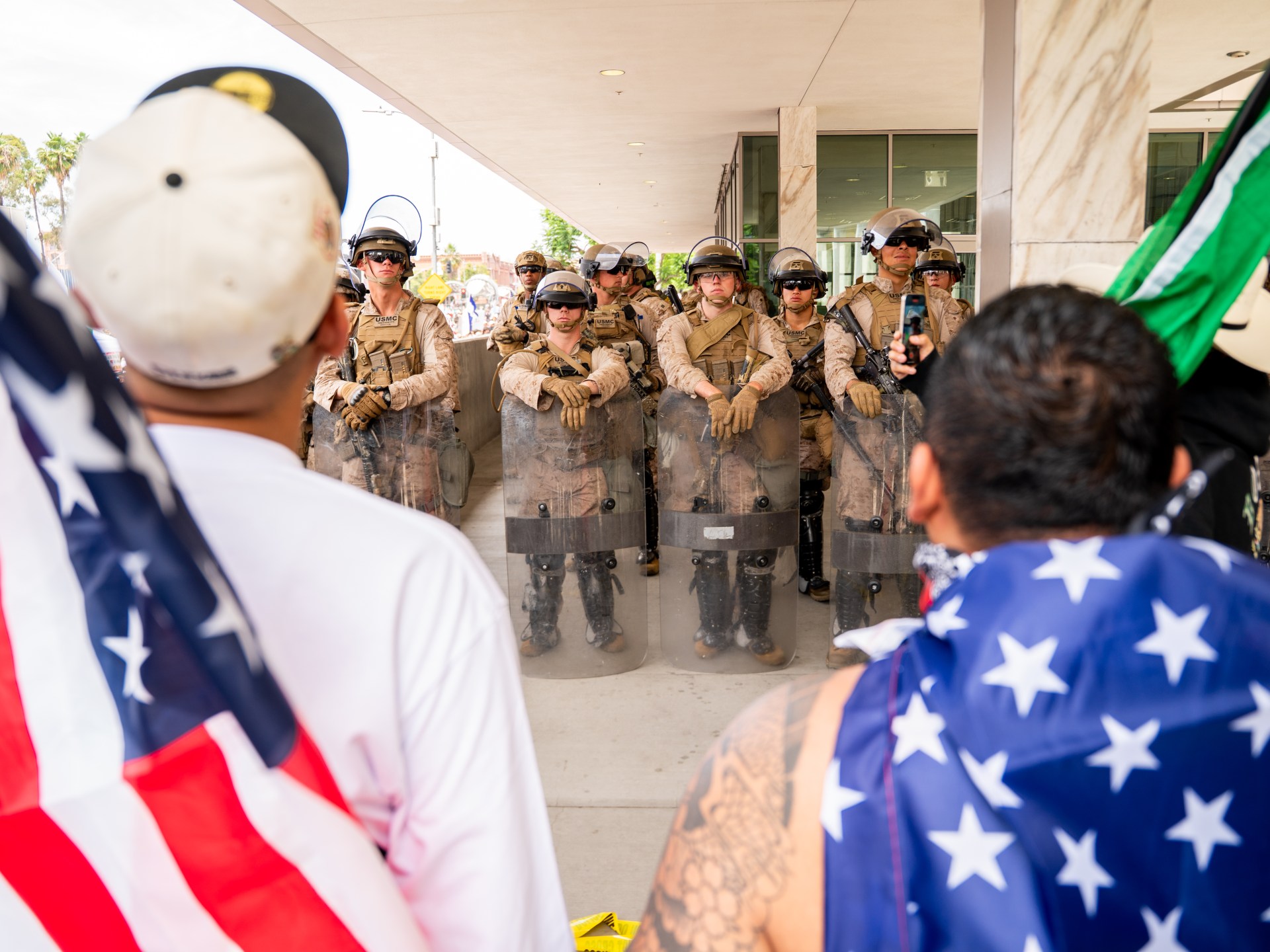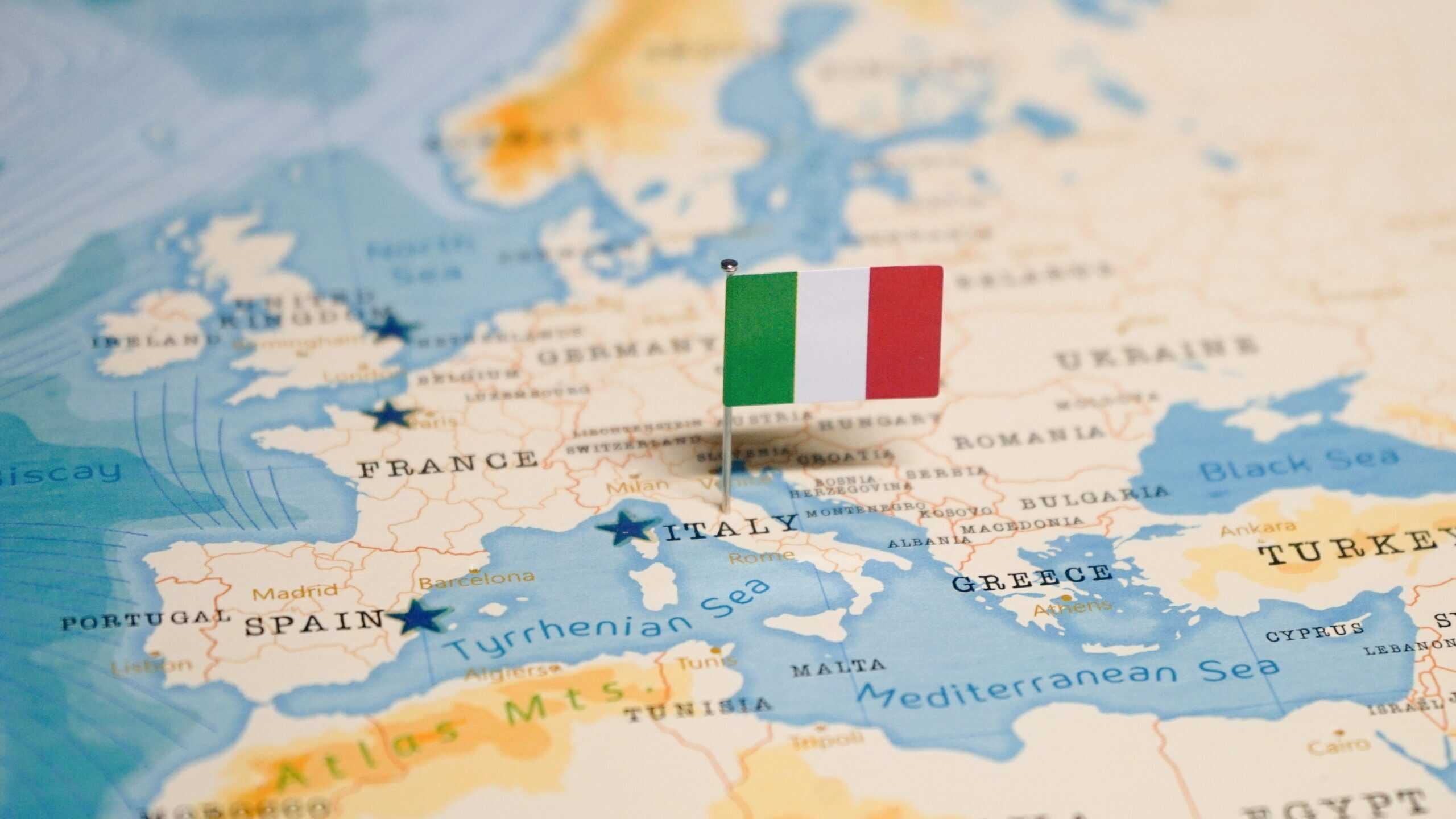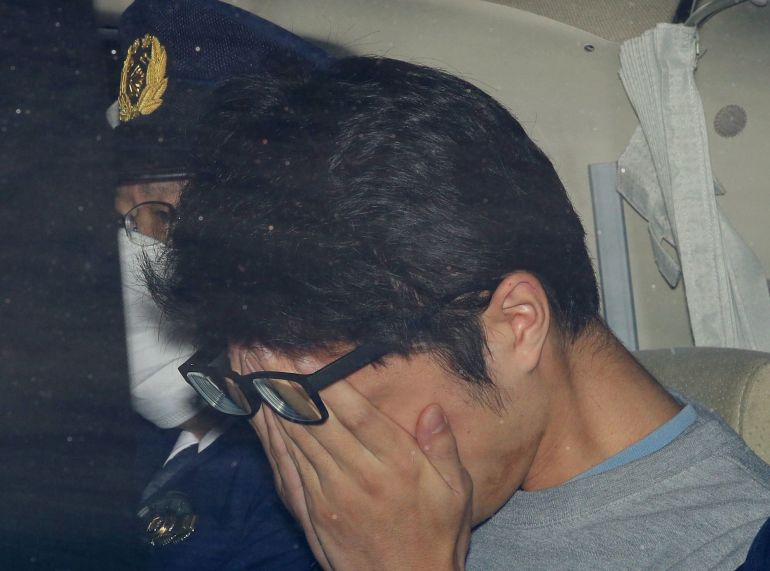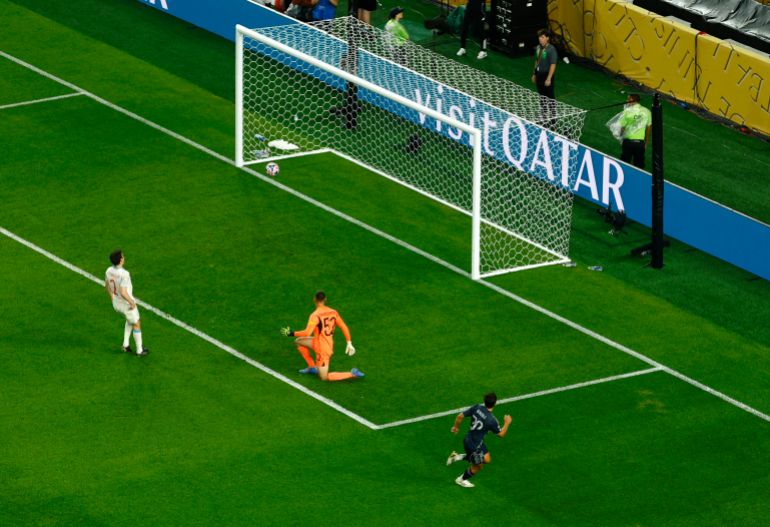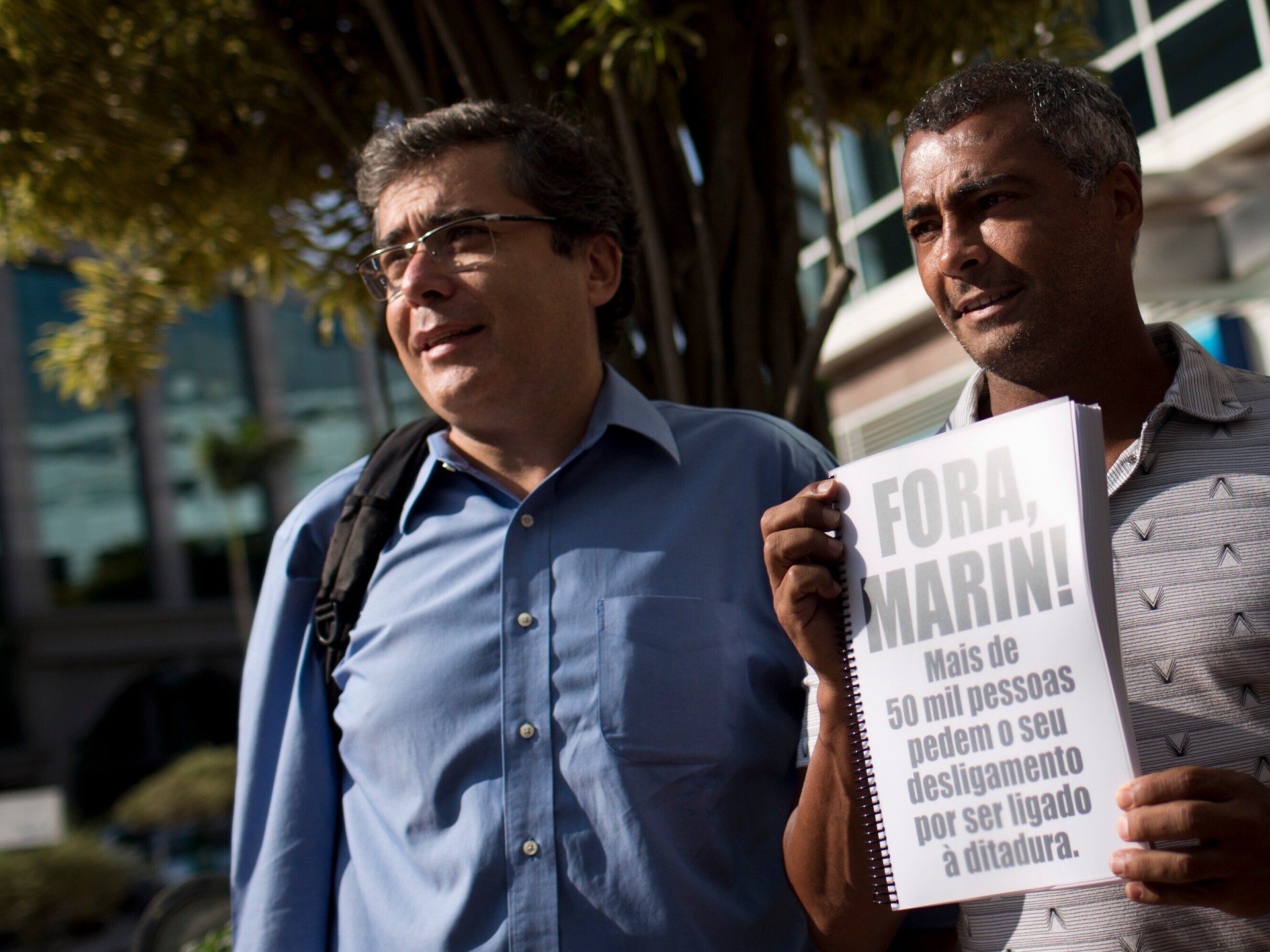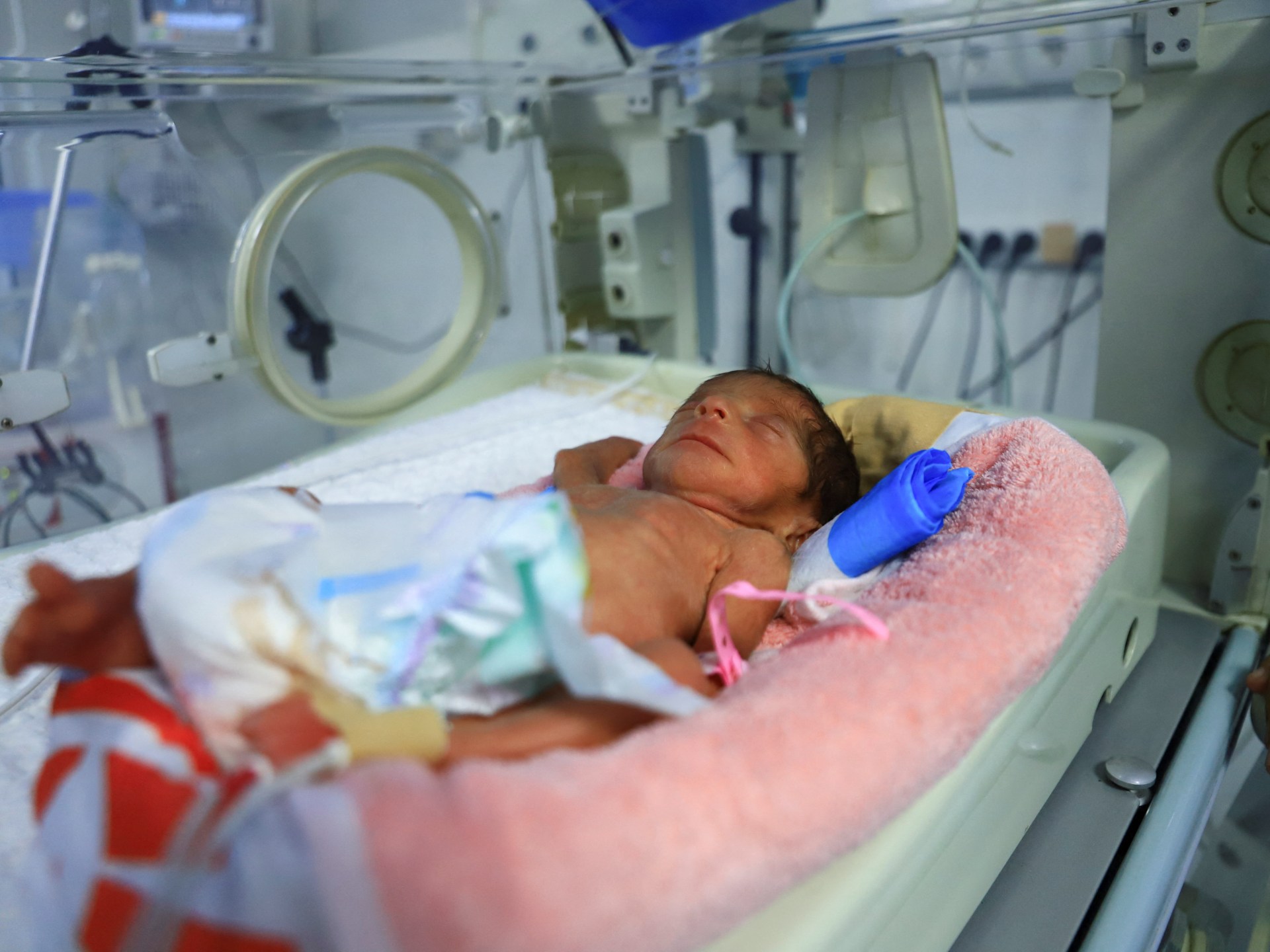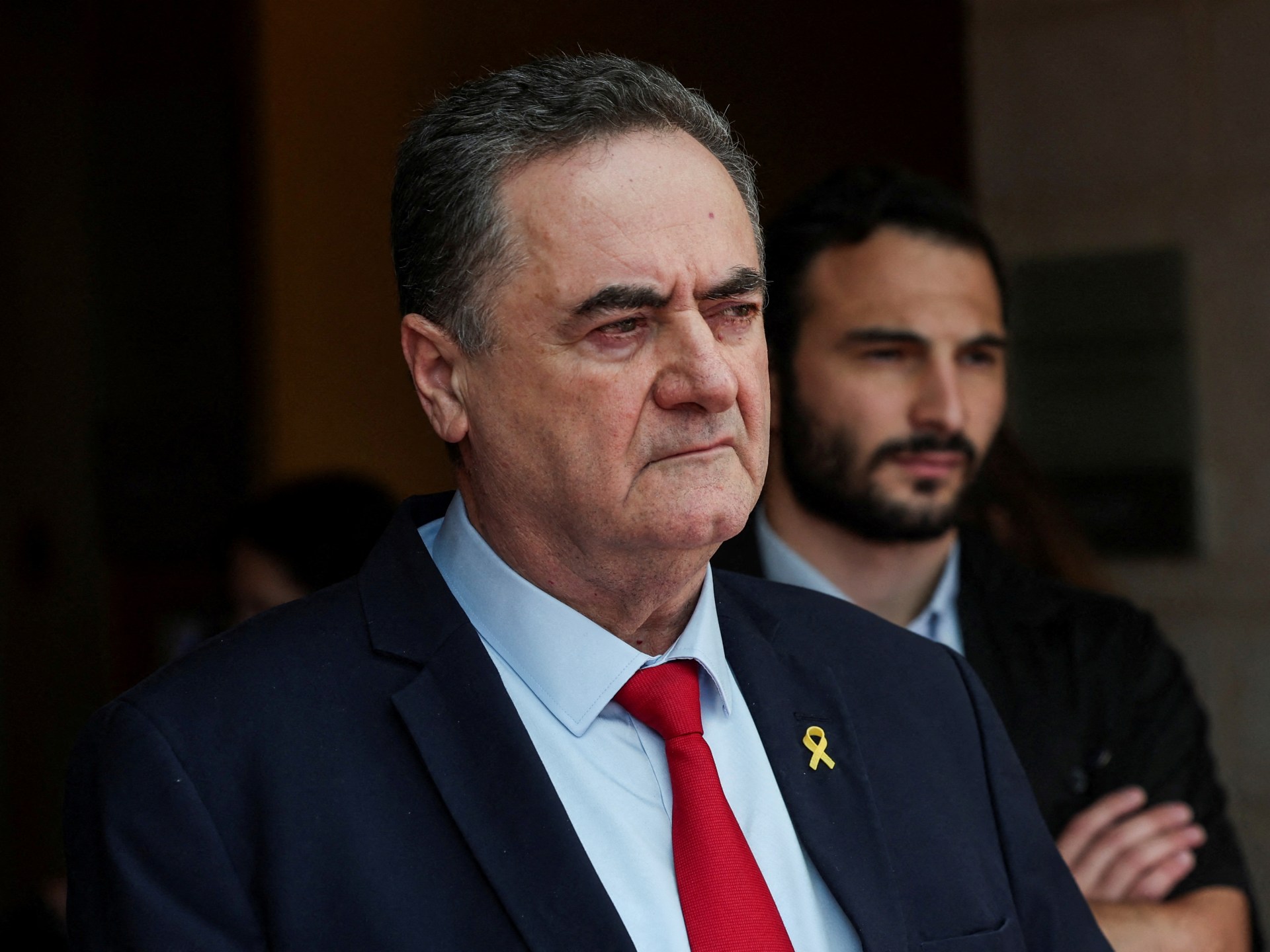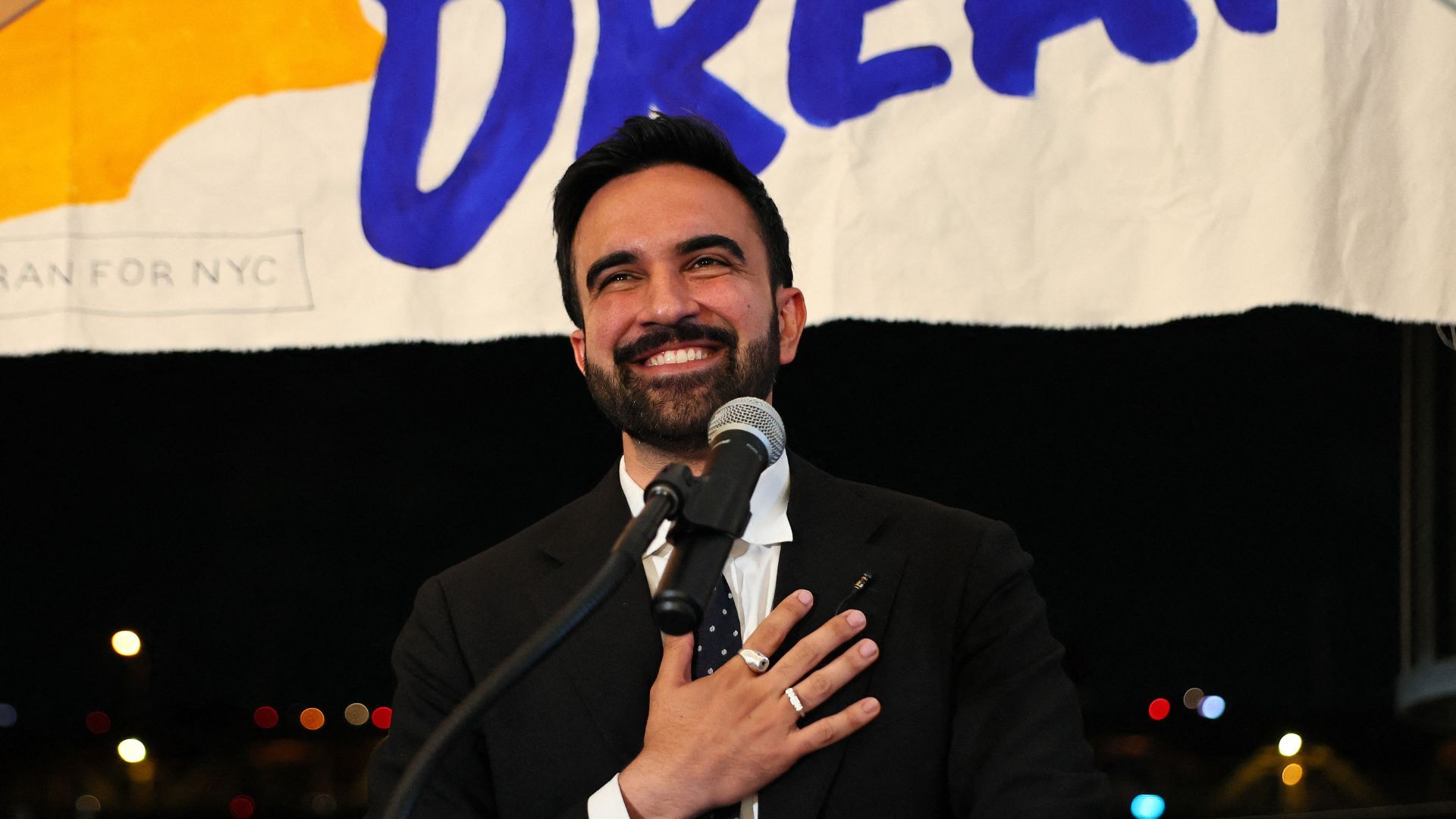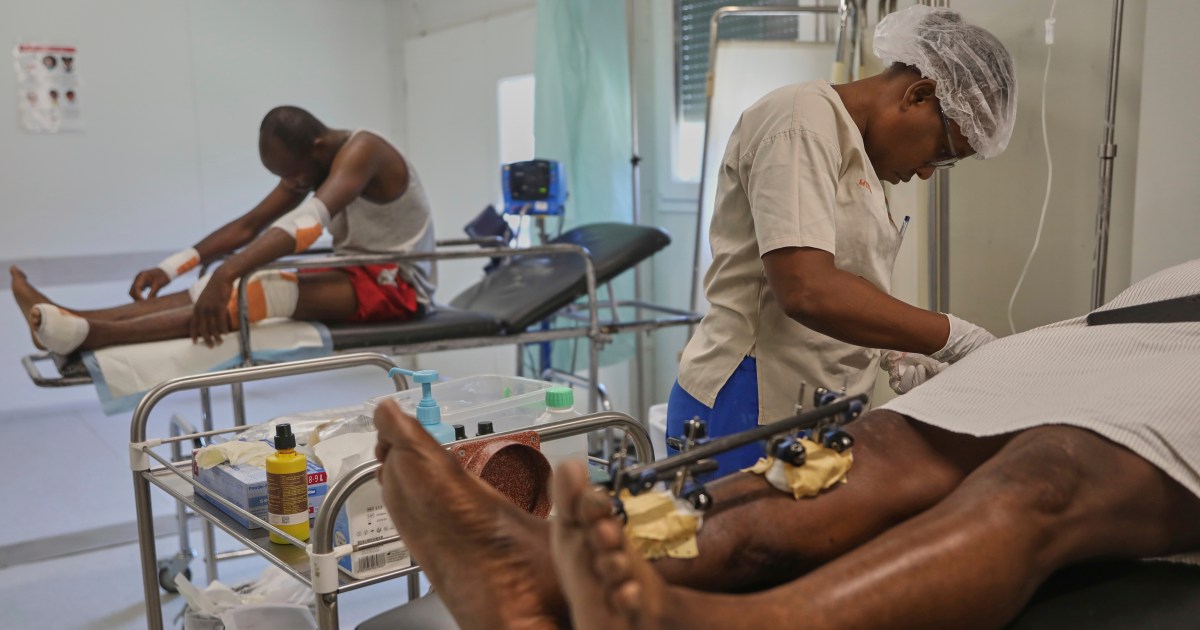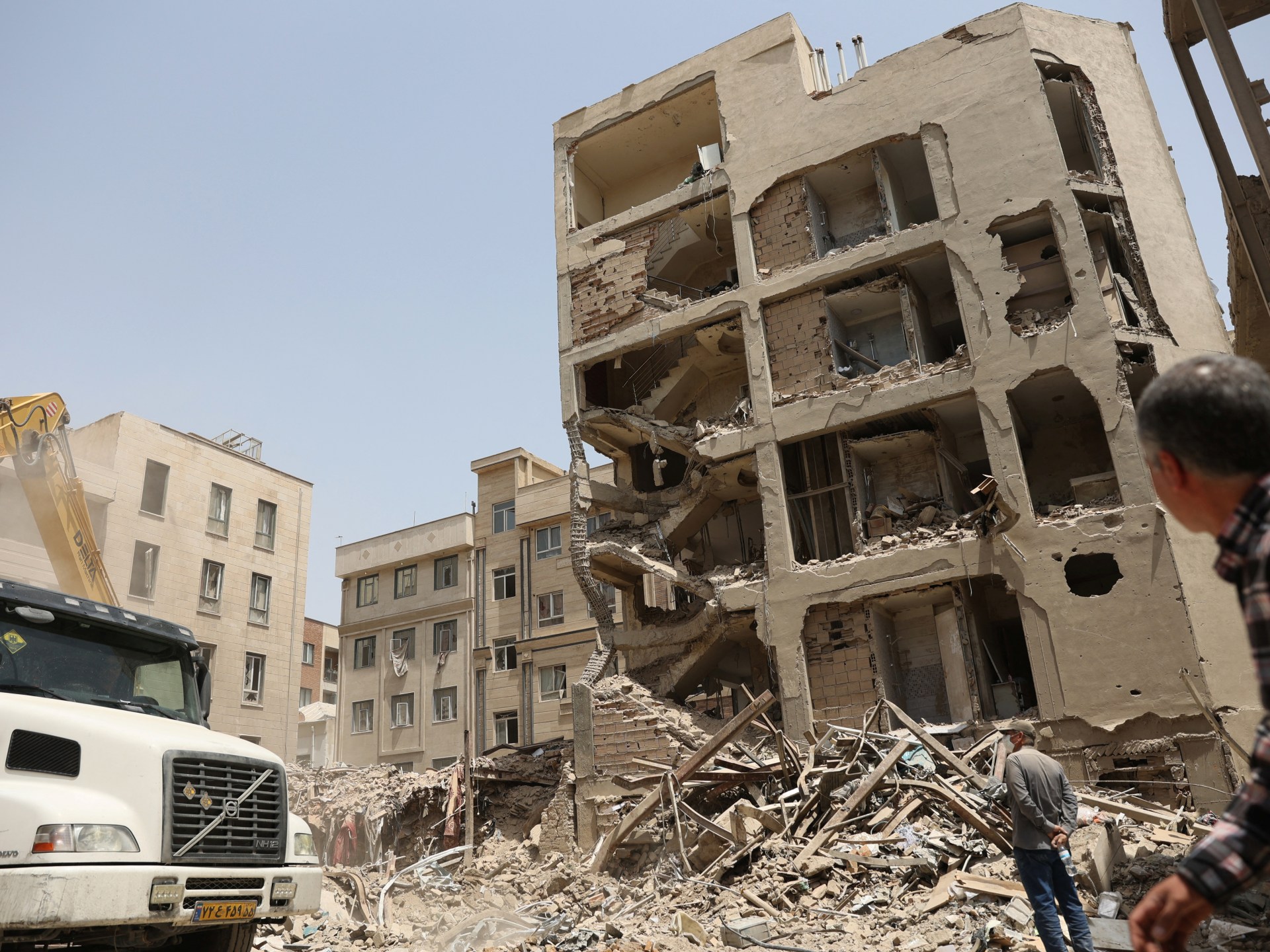Tehran, Iran – The highways leading into Tehran are busy again, filled with cars carrying families, suitcases, and the cautious hope that home might finally be safe. After 12 days of war that killed more than 600 Iranians and displaced hundreds of thousands from the capital, a ceasefire announced on Monday has begun drawing residents back to a city still scarred by Israeli air strikes.
For many returning to Tehran, the relief of sleeping in their own beds is tempered by the constant fear that the bombing could resume at any moment.
“Coming back home after all these days, even from a place where you had physical safety, feels like heaven,” said Nika, a 33-year-old graphic designer who spent nearly two weeks sheltering with her husband at their relatives’ home in Zanjan, some 286 kilometres (177 miles) northwest of the capital. “But I don’t know if the ceasefire will last or not,” she said.
The conflict that upended millions of lives began at dawn on June 13, when Israeli warplanes launched what Prime Minister Benjamin Netanyahu called a preemptive strike against Iran’s nuclear facilities. What followed was an unprecedented exchange of fire between the two regional powers that brought direct warfare to the heart of Tehran for the first time in decades.
As Israeli attacks on residential areas intensified and warnings from American and Israeli officials to evacuate Tehran grew louder, many residents, fearing for their lives, were forced to flee the capital for the relative safety of other cities and villages.
For many of Tehran’s inhabitants, abandoning their lives was a soul-crushing decision.
“I had an incredibly busy life before the war,” said Saba, a 26-year-old university student. “I lived in Tehran, had a full-time job, was studying, and since I lived alone, I managed all my household chores. When the war started, for a few days, I couldn’t believe this routine was coming to a halt. I still went to work, went out for shopping or to a cafe. But at some point, you couldn’t deny reality anymore. Life was stopping.”
By the fifth day, the war forced her to leave.
“First, my university exams were postponed, then my workplace told us to work remotely, and one by one, all my friends left Tehran. I felt a terrible loneliness,” she recalled. “I kept myself busy during the day, but at night, when the sounds of bombing and air defences began, I couldn’t fool myself any longer.”
Unable to secure a car, her father drove from her hometown of Quchan, a city near Mashhad in northeastern Iran, to bring her to the family’s house, where she stayed until the ceasefire.
‘The nights were unbearable’
According to the Iranian Ministry of Health and Medical Education, at least 610 people were killed and 1,481 wounded during the conflict, with more than 90 percent of the casualties being civilians.
“Initially, I had decided to stay in Tehran and keep the company running,” said Kamran, a businessman and CEO of a private firm in the capital, who requested anonymity due to security concerns. “There was bombing and the sound of air defence, but life was manageable during the day. The nights, however, were truly unbearable,” said the father of two.
Many fled the city in the very first days of the war. At that time, two major obstacles plagued their departure: long queues at petrol stations made it difficult to secure enough fuel for the journey, and the main exit routes from the city were choked with heavy traffic from the sheer volume of cars trying to get out.
Now, since the ceasefire was declared, many who had abandoned Tehran have begun to make their way back.
“After 11 days of living in a place where there was no sign of war, but wasn’t home – no privacy, no peace of mind – coming back to my own house felt like heaven,” explained Nika.
“After years of being accustomed to the silence of my own home, enduring life with 11 other people in an environment that was never quiet was incredibly difficult,” she said. She returned to her two-bedroom flat in Tehran as soon as the ceasefire was declared.
“I don’t know if the ceasefire will last or not,” Nika admitted. “But even if it doesn’t, I don’t think I want to leave my home again.”
Uncertain future
Not everyone was lucky enough to return to an intact home.
Keyvan Saket, a renowned Iranian musician, had learned of his home being hit by an Israeli missile while sheltering with his family in a nearby town. Yet, his neighbour’s call delivering the grim news did not keep him from rushing back after the ceasefire was declared.
According to Saket, one of the bombs fired at his residence failed to detonate, a stroke of fortune that spared further destruction. But it barred him and his family from entering their home due to safety concerns. “Once the issue was resolved and we were allowed inside, we faced an unsettling scene,” he said. “The doors and windows were shattered, the building’s facade was obliterated, and household appliances like the washing machine and refrigerator were severely damaged. The attack was so intense that even the iron doors of the building were mangled.”
Saket’s voice carried a deep sorrow as he reflected on the toll of the conflict. “With every fibre of my being, I despise war and those who ignite it,” he said, lamenting the loss of a home he cherished. “War is the ugliest of human creations.”
Since the ceasefire took effect, both sides have accused each other of violations, and fear of renewed violence has been high. Iran has reported continued Israeli attacks for several hours after the agreement, while Israel claims to have intercepted Iranian missiles post-ceasefire. In the immediate aftermath of the ceasefire announcement, strikes continued on both sides, with Israeli forces hitting targets in Tehran, including the notorious Evin Prison, and Iranian missiles striking areas in Israel.
Hamed, a political science student, believes the situation is precarious. “This feels like a recurring nightmare to me,” he said. He had returned from the southeastern Iranian city of Kerman, where he was displaced to, on the day the ceasefire was announced, but was worried he might have to abandon his home and life all over again. “I really don’t want to have to pack my things and leave my home without knowing when, or if, I can come back.”
Despite this underlying anxiety, the streets of Tehran are visibly busier than before the ceasefire. As companies end their remote work policies and recall employees, there is evidence of a cautious, determined return to life in the capital.
Infrastructure damage across Tehran was significant, with attacks striking multiple provinces, including Alborz, East Azerbaijan, Isfahan, Fars, Kermanshah, and the capital itself. The Israeli military claimed to have struck more than 100 targets across Iran during the 12-day conflict.
In the early mornings, the hum of traffic weaves through Tehran’s wide boulevards once more. “Seeing others return to the city alongside me, watching cafes and restaurants reopen, and feeling life flow back into the streets – it truly lifts my heart,” said Saba, her eyes bright with cautious optimism. Yet, as the city stirs back to life, the shadow of an uncertain ceasefire looms, a quiet reminder that this fragile revival could be tested at any moment.
This piece was published in collaboration with Egab.
